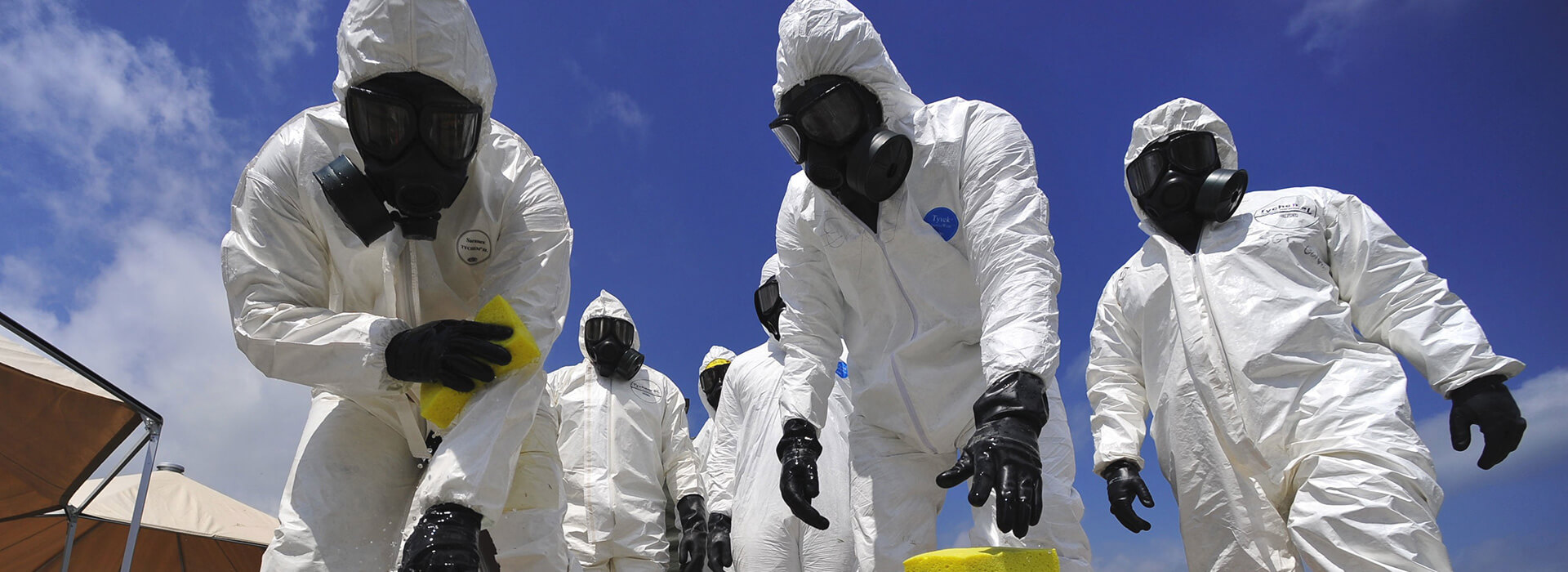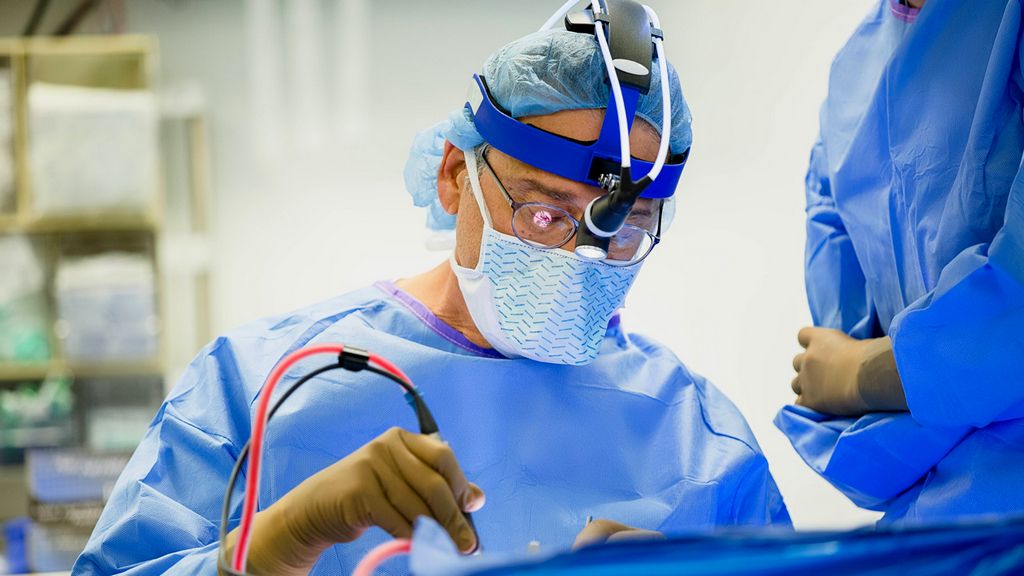

The use of Meltblown materials, and therefore nonwovens, continues to expand. Many uses of Meltblown fabrics attract attention as disposable materials, durable consumer goods and industrial materials. All these areas benefit more from non-woven fabrics because of their low cost and ability to meet many needs. Disposable nonwoven fabrics are generally produced for single use. However, some textiles such as cleaning cloths can be washed and reused several times.

General applications include personal hygiene products such as diapers and sanitary pads, medical products such as surgical gowns and drapes, and other textiles such as surgical and industrial masks, bandages, wet wipes and towels. Recently, there are wide applications of durable nonwoven materials. Many industrial uses include products such as filters, insulation and packaging materials, and geotextiles.
Meltblown technology (meltblowing technology) has been developing tremendously in recent years. This technology has its own advantages and disadvantages. Meltblown technology first started to develop in 1951 in America. In studies carried out in a research laboratory, it was aimed to develop organic microfibers smaller than 1 µm. The researchers wanted to produce fibers for use in microdenier filters to collect radioactive particles in the upper atmosphere. The first meltblowing unit was used in the early 1970s to produce microdenier webs. The diameters of the first meltblown microfibers are generally in the range of 2 to 4 μm.
The core process involved in Meltblown technology is a one-step process in which high-speed air blows molten thermoplastic resin onto a conveyor to form a fine-fiber self-adhesive network. The most suitable fibers for this process are polypropylene fibers. Polypropylene has low viscosity and low melting point and is very easy to be drawn into fibers.
An important application area of non-woven fabrics produced with Meltblown technology is surgical garments and covers. In the production of these medical materials, as in other materials, the requirements and test methods presented in the European standard EN 13795 are complied with. This standard describes the characteristics and performance requirements of disposable and reusable surgical gowns and drapes and provides test methods in order to prevent the transmission of infective agents between healthcare professionals and patients during surgery and other medical procedures.
Our organization, among numerous testing, measurement, analysis and evaluation studies, with a trained and expert staff and advanced technological equipment, within the framework of national and international standards, to healthcare institutions and manufacturers who request surgical clothing in accordance with EN 13795 standard within the scope of meltblown fabric testing services. and covers testing services.
To get an appointment, to get more detailed information or to request an evaluation, you can ask us to fill in our form and reach you.